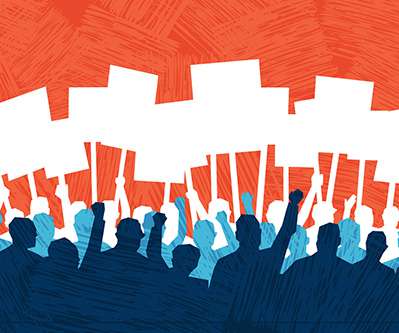What We Can Learn From the COVID-19 Philanthropy Commons
Stanford Social Innovation Review
NOVEMBER 9, 2022
Fineberg of the Gordon and Betty Moore Foundation penned an op-ed for the San Francisco Chronicle, lamenting philanthropy’s inability to join forces to amplify and expedite impact. We attribute this failure, largely, to sociological hurdles. By Melissa Stevens & Greg Tananbaum.














Let's personalize your content